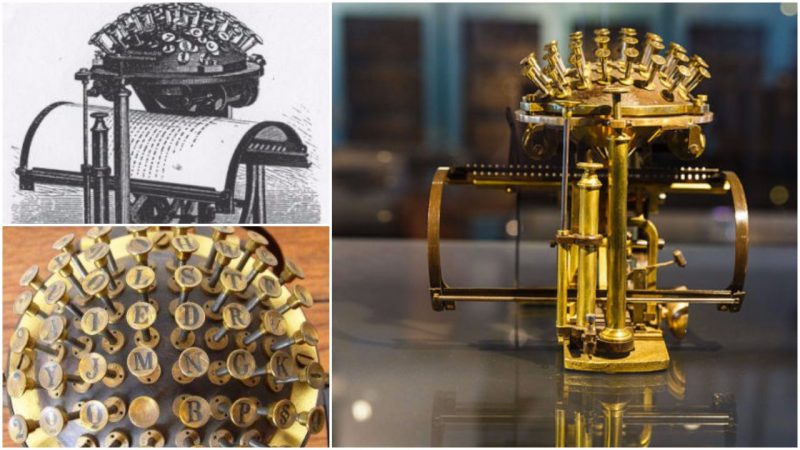The modern typewriter has gone through many changes since its invention in 1865 by Reverend Rasmus Malling-Hansen, the principal of the Royal Institute for the Deaf-Mutes in Copenhagen. The Hansen Writing Ball, or “skrivekugle” as it was called in Danish, was the first commercially produced typewriter. It went into production in 1870.
The Hansen ball had fifty-two keys arranged on what looked like half of a ball with a flat bottom. The spring-loaded keys protruded from the ball and worked the same as pistons. Malling-Hansen came up with the design by experimenting with porcelain models until he was satisfied with the key placement, which was fast and easy to use.
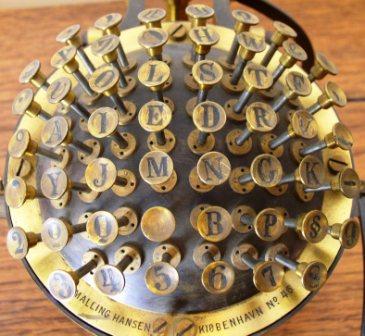
The Danish inventor had the most frequently-used letters placed where fingers would commonly be positioned to hold a pen. He put consonants on the right side of the ball and vowels on the left. When designing the key placement, Hansen used a pianist’s ability to touch certain keys at high speed as an example. The ribbon was made from carbonized paper.
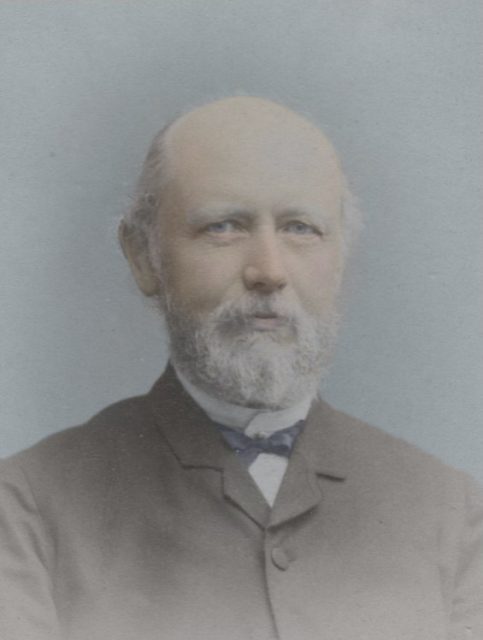
Early typewriter models concealed the paper, so the document could not be seen until it was complete. The paper was placed on a cylinder, and an electromagnetic battery moved the paper as the user typed. Malling-Hansen’s 1874 model used a flat mechanical paper frame instead of a cylinder but still incorporated the electromagnetic battery to move the paper.
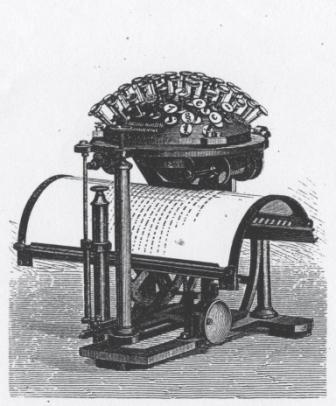
By 1875, the battery was discontinued in favor of a mechanical escapement, and a downward curved paper frame replaced the flat frame. At this time a space bar was added, as well as line spacing, tabs for paragraphs or indented lines, a bell to signal the end of the line, and a one-touch carriage return. The entire mechanism was made from brass and fit into a wooden presentation box, with a carrying handle to make it easy to transport.
It has been stated that Malling-Hansen designed the apparatus with the intention of helping blind people write, but according to his own writings, his motivation was speed. He created the machine to make letter and document writing faster than what could be completed by a pen in hand.
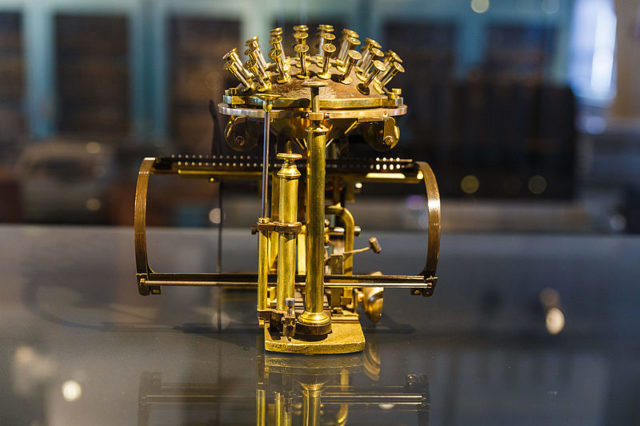
He did make a writing ball which incorporated Braille onto the keys, but not until 1878. At the time, the only way to have each type bar carved with the individual letters was by professional copperplate engravers employed in the foundries that made letters for printing presses; an art lost when mass production replaced many hand-crafted items.
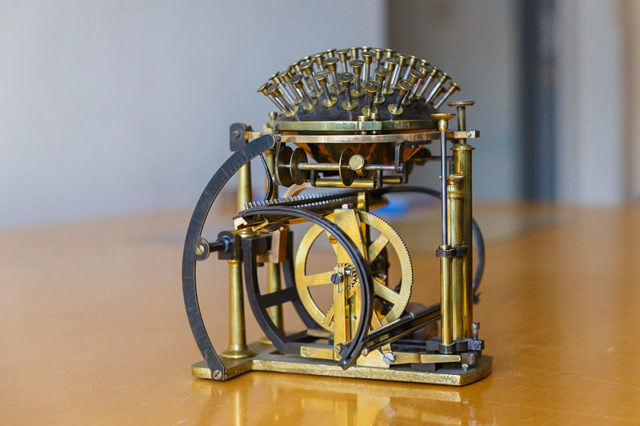
The Hansen Ball was displayed at the Industrial Exhibition in Stockholm, Sweden in 1866 and the Paris Exhibition in 1878, where Malling-Hansen received both the gold and silver medals. The inventor also took the machine to Vienna in 1873 and received the First Prize. Across the ocean, the writing ball was exhibited at the 1876 Philadelphia Exhibition, where it won a gold medal.
In 1877, another typewriter was invented by Sholes and Glidden, and further refined by James Densmore. The Remington 1 was mass produced and distributed in the United States by the Remington factory. The Remington 1 took the form of the more common models, with a flat keyboard using the upstrike method. It was Sholes who introduced the QWERTY keyboard, on which the most commonly used letters were placed at a distance from each other.
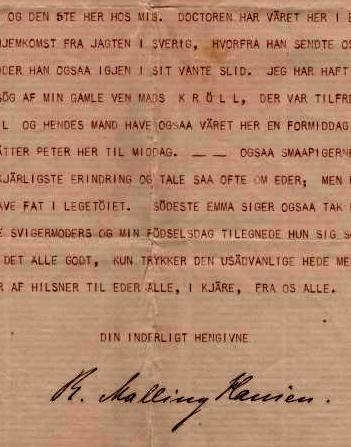
Although his machine was superior to the Remington, Malling-Hansen was unable to compete with mass production; he turned to the study of growth in children and education reform. His last order for writing balls was canceled upon his death in 1890.
Read another story from us: John Callcott Horsley: the designer of the first Christmas card
It is believed that 180 of the Hansen Writing Balls were made and, of those, only four remain in private collections. Thirty more are off the market and can be found in museums around the world. In the most recent private sale, a writing ball, completely original with a serial number of 97, sold for $123,000; it is considered one of the most expensive antique typewriters in the world.
